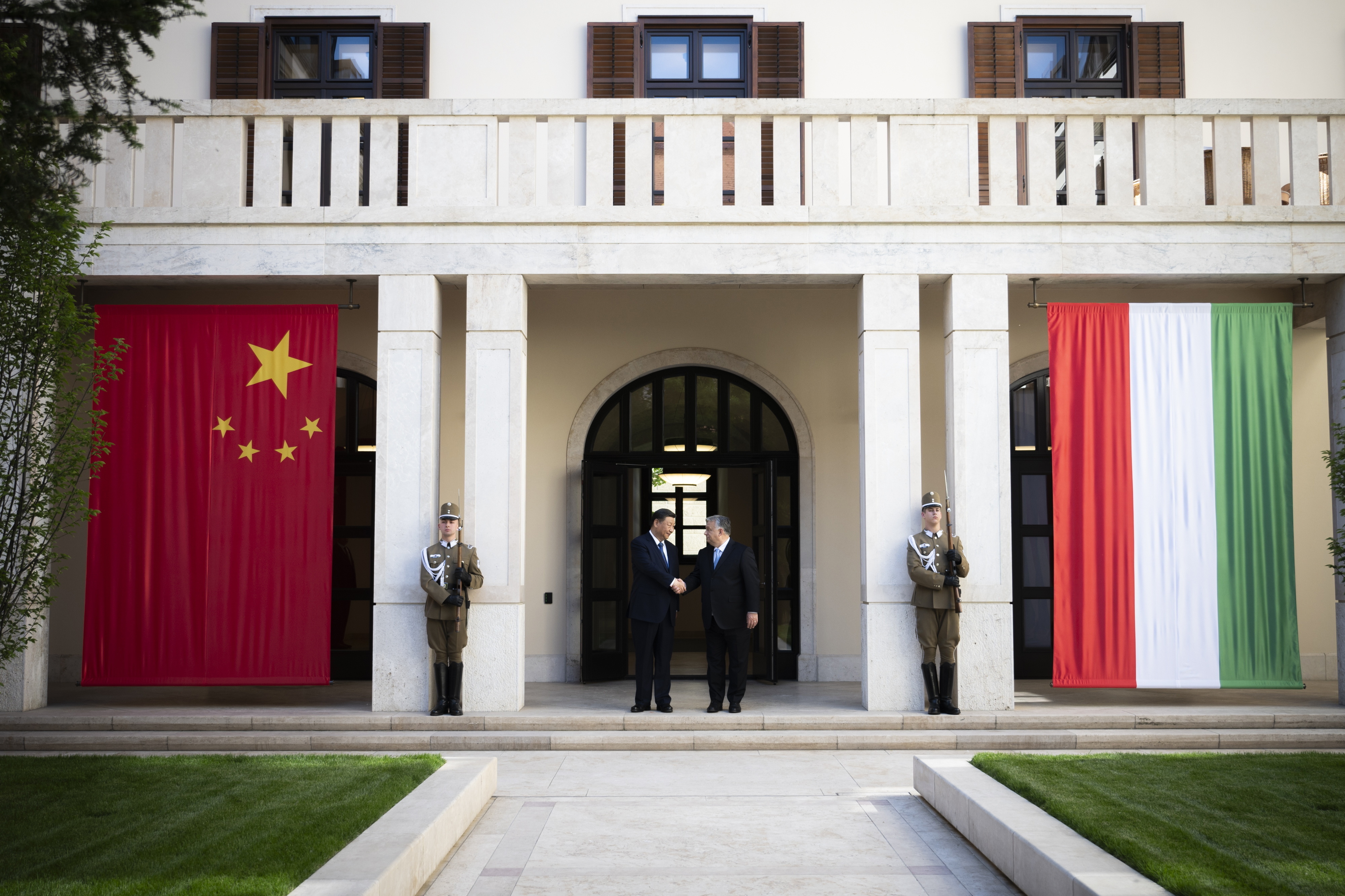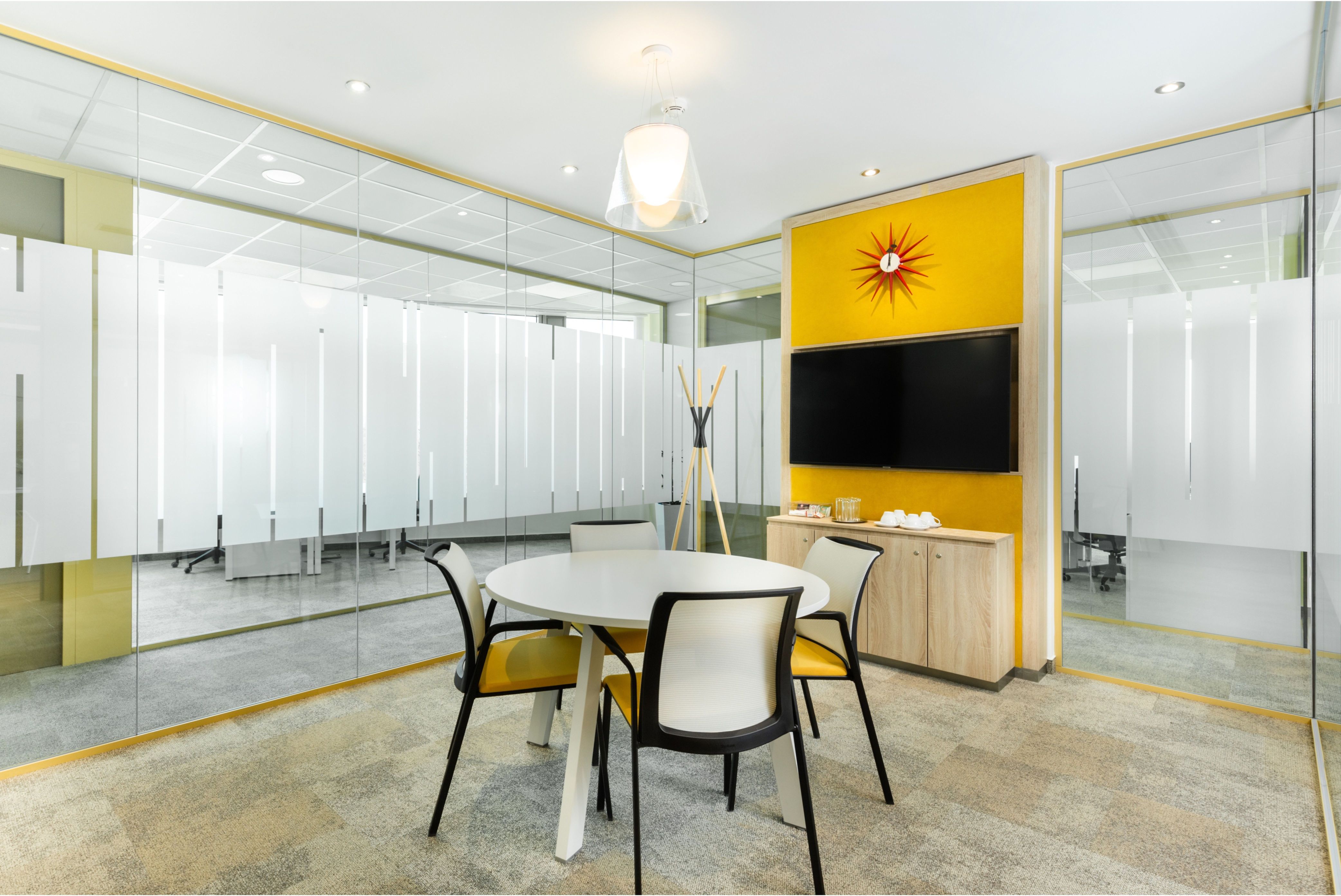Green certificate - to make things obvious

Being green already seems to be a basic market requirement for office buildings, and more of them want to prove their sustainability with certification. On what grounds do developers prefer one certification to the other, and what do they gain by going through this expensive process?
“Green certifications are not above all,” Adrienn Lovro, head of property development company ABLON pointed out, adding that if a building is built using quality materials and according to Hungarian standards, a good level of sustainability is still achievable even if not attracting any prestigious green certifications.
Still, certificates are of increasing popularity in Hungary, and ABLON itself has several certified buildings itself. “If someone has a clean car, it gives the impression that this man is tidy and takes good care of his property. If someone spares no pain and extra expenditure in creating a greener environment, then it gives the impression that they takes good care of their building in general, so it must be a good working environment,” Dániel Pintér, sales manager of real estate agency Eston, told the Budapest Business Journal.
But sustainability has not had a long history in Hungary, meaning that its benefits still need to be explained to tenants quite often; certificates are taken as objective admissions and are easy to interpret and therefore are becoming more important to have. “Actually having the certificate is very important in Hungary and will probably remain so until sustainability is much better understood by all market participants,” Michael P. Smithing, director of green building certification at real estate agency Colliers International, said. He conducted the certification process of Citibank’s shared service center at Arena Corner, and so played a huge role in gaining the first LEED Platinum certificate in the CEE region. By his estimate, it will take about five to ten years for the participants of the office sector to get more familiar with green issues.
With regard to certifications, it is also a fact that, even if there can be no premium put on the rental fee just because a building is eco-friendly, green buildings rent faster, which is a great advantage at times when office vacancy rates are above 20%.
The cost of green
However, nothing comes for free. Getting a green certification for a new project, regardless of its size, costs around €30,000, while going for an in-use certification for an existing building means that €10,000 has to be paid for the green certification advisor. At least developing in a green way, if done consciously from the very beginning, does not necessarily entail much extra cost. “If green is a determining concept from the very beginning of the design process, then building a sustainable property that is even able to get an internationally acknowledged certification might mean an extra cost of only around 5%,” Tibor Massányi, the head of property development company DVM Group, told the BBJ.
Different choices
Eiffel Palace, a huge office building designed by DVM, has gained a BREEAM certificate, although in the beginning the developer was aiming to get recognition from LEED. “We realized very quickly that BREEAM fits the local needs much more,” Massányi said explaining why they switched to the British system instead of the American LEED. Although there are some buildings with LEED certifications in Hungary, such as the E building at Inforpark developed by IVG Hungary and Skanska’s Green House, BREEAM is much more popular here, which is mostly explained by its criteria being more tailored to local circumstances. “We prefer the BREEAM certification because we find its credit system more realistic in a European environment,” says Pál Szilvási, project manager of Codic Hungary, which develops V48, an office building BREEAM pre-certified as “very good”.
However, be it BREEAM or LEED, as Colliers’ Smithing pointed out, these rating systems (together with the German DGNB, which is not yet really established in Hungary) “take slightly different approaches to meeting the same end – and all do an excellent job of it”. The differences are really in the details, but a BREEAM Very Good rating is comparable with LEED silver ratings, he said, adding that BREEAM is leading LEED in the certification of existing buildings because BREEAM In-Use is cheaper, faster and easier to achieve than LEED for Existing Buildings. The primary difference here is that BREEAM has three separate In-Use ratings, one for the building, one for the management and one for the tenants. LEED for Existing Buildings is a fusion of all three and requires the active involvement of the tenants as well as a strong management team and a good building. For this reason, LEED for Existing Buildings is harder to achieve, but it also produces a stronger positive impact on the environment.
SUPPORT THE BUDAPEST BUSINESS JOURNAL
Producing journalism that is worthy of the name is a costly business. For 27 years, the publishers, editors and reporters of the Budapest Business Journal have striven to bring you business news that works, information that you can trust, that is factual, accurate and presented without fear or favor.
Newspaper organizations across the globe have struggled to find a business model that allows them to continue to excel, without compromising their ability to perform. Most recently, some have experimented with the idea of involving their most important stakeholders, their readers.
We would like to offer that same opportunity to our readers. We would like to invite you to help us deliver the quality business journalism you require. Hit our Support the BBJ button and you can choose the how much and how often you send us your contributions.










